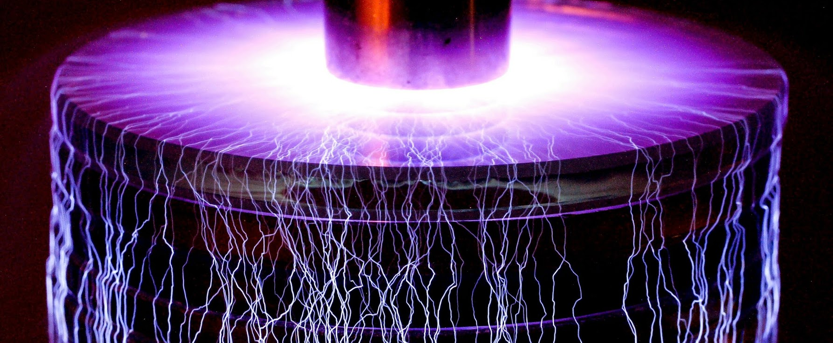Medicine
Few fields have affected medicine as much as electrical engineering has in the past few years. From MRI machines to robotic prosthetics, electrical engineers have helped bring about tremendous innovation in medicine.
Many fields have achieved advancements when it comes to healthcare, but few have done as much as electrical engineering has. This field has done everything from changing the way we look inside the body to treating certain conditions that would otherwise result in death. Let's take a look at five health-related feats that electrical engineering has performed.
Magnetic Resonance Imaging
Magnetic resonance imaging (MRI) provides a more accurate way to see within the body without the need for exploratory surgery or high levels of radiation. MRIs are a direct result of electrical engineering principles put to use. These non-invasive techniques use super-powered magnets to compute images of organs and other structures within the body. Further improvements in MRI are being led by the field of electrical engineering. These include higher resolution images, and faster MRI scans.Better Defibrillators
Another improvement produced by electrical engineering involves defibrillators. Not only are they significantly more effective, but they also utilize a lower charge due to improvements made by electrical engineers. Defibrillators have also become small enough to be implanted within the chest. This is particularly useful for patients suffering from conditions that could result in the heart stopping.Myoelectric and Robotic Prostheses
Myoelectric and robotic prostheses represent the current pinnacle of artificial limbs. They utilize electrical engineering to provide powerful limbs capable of climbing stairs, handling objects, and even providing a certain amount of feedback for the user. The reason electrical engineering is so integral to these devices revolves around the way they work. They must be efficient, which in turn allows them to be as light as possible. They must also incorporate intelligent processors to maximize their ability to act just like natural limbs would.Robot-Assisted Operations
Surgery has traditionally been limited by the versatility of a surgeon's hands. They can only move in so many ways, which in turn requires large incisions and lengthy operations. Robot-assisted operations are a recent development stemming from electrical engineering. They utilize minimally invasive techniques designed to minimize the strain on a patient's body and the trauma required to perform procedures. This results in faster recoveries, less pain and fewer complications. Further advancements from electrical engineering will help to make these procedures more natural for surgeons to use.Related articles
Bridging Spinal Problems
One of the larger health revolutions that electrical engineering is driving revolves around bridging the link between broken nerves. Implants are being developed that are capable of transmitting electrical impulses along the spinal cord, which is allowing para- and quadriplegics to feel their toes and walk again. While the ability for these implants to perform is currently limited, they do hold a large amount of promise in restoring normal function to victims of traumatic incidents and disease.While many people will associate electrical engineering with a more mundane and mechanical world, it has revolutionized the fields of health and healthcare. Patients are better able to be diagnosed and treated thanks to it. As electrical engineering advances, so too will healthcare advance. This will lead to new innovations, many of which can be used to further improve the world of health. If you are interested in making an impact in the field, consider an MS in Electrical Engineering. The right knowledge can open up many opportunities for you to make a difference too.






0 comments:
Post a Comment